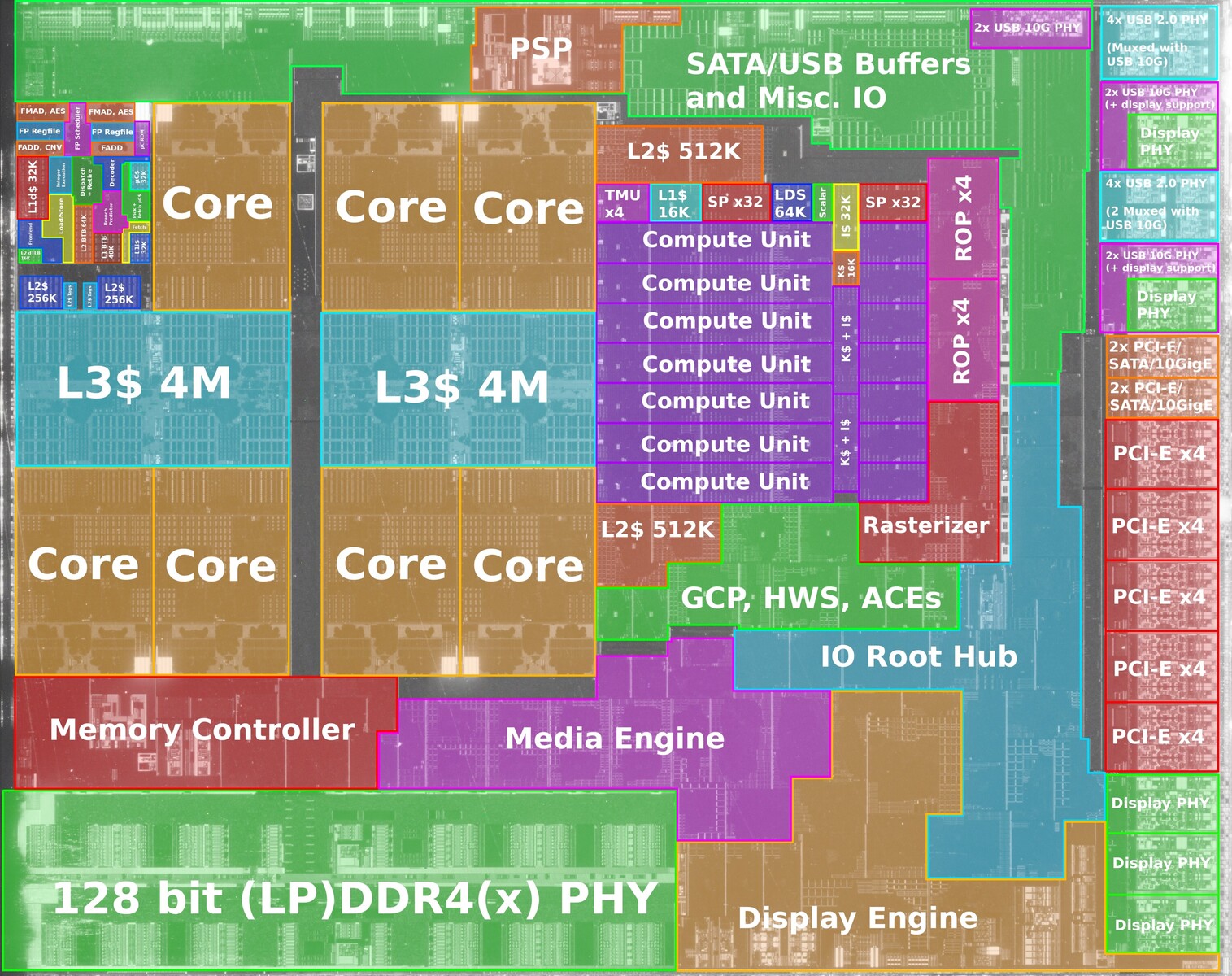- Joined
- Aug 20, 2007
- Messages
- 21,661 (3.40/day)
- Location
- Olympia, WA
| System Name | Pioneer |
|---|---|
| Processor | Ryzen 9 9950X |
| Motherboard | GIGABYTE Aorus Elite X670 AX |
| Cooling | Noctua NH-D15 + A whole lotta Sunon, Phanteks and Corsair Maglev blower fans... |
| Memory | 64GB (2x 32GB) G.Skill Flare X5 @ DDR5-6000 CL30 |
| Video Card(s) | XFX RX 7900 XTX Speedster Merc 310 |
| Storage | Intel 5800X Optane 800GB boot, +2x Crucial P5 Plus 2TB PCIe 4.0 NVMe SSDs |
| Display(s) | 55" LG 55" B9 OLED 4K Display |
| Case | Thermaltake Core X31 |
| Audio Device(s) | TOSLINK->Schiit Modi MB->Asgard 2 DAC Amp->AKG Pro K712 Headphones or HDMI->B9 OLED |
| Power Supply | FSP Hydro Ti Pro 850W |
| Mouse | Logitech G305 Lightspeed Wireless |
| Keyboard | WASD Code v3 with Cherry Green keyswitches + PBT DS keycaps |
| Software | Gentoo Linux x64 / Windows 11 Enterprise IoT 2024 |
It actually adds up to me.
We had a defective skylake unit CPU right here on TechPowerup, don't recall the thread. It's darn near the only real true-blue defective CPU I have seen. I can buy this.
He says that word, but I don't think he knows what it means.
We had a defective skylake unit CPU right here on TechPowerup, don't recall the thread. It's darn near the only real true-blue defective CPU I have seen. I can buy this.
... so it's "fake news" because it is sourced from someone who at the time was perfectly positioned to have access to this information? Yeah, sorry, your logic doesn't hold there. You seem to be implying that former employee = disgruntled former employee, which is nonsense. There is no reason to suspect Piednoel to hold any grudge towards his former employer; he quit on his own volition and has no history of criticizing them previously.
I really wish people would stop abusing the term "fake news".
He says that word, but I don't think he knows what it means.










